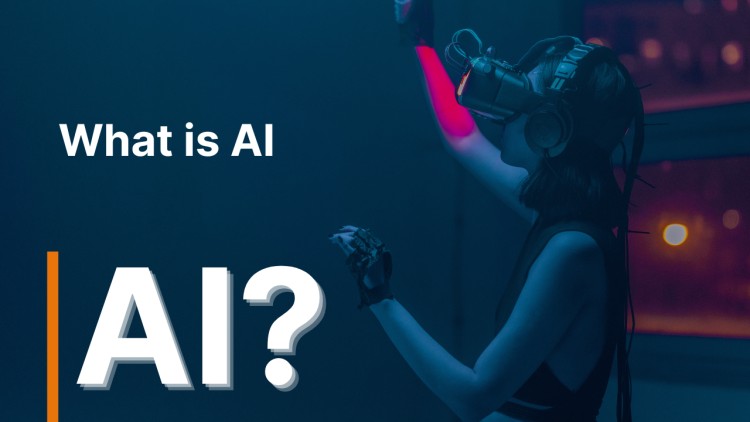The Max Pooling layer is a common layer used in Convolutional Neural Networks (CNNs) to perform down-sampling, reducing the spatial dimensions of the input feature maps. This helps in reducing the computational complexity, and memory usage, and also helps to make the detection of features invariant to small translations in the input.
Key Concepts
- Pooling Operation:
- The max pooling operation partitions the input image or feature map into a set of non-overlapping rectangles and, for each such sub-region, outputs the maximum value.
- It effectively reduces the dimensionality of the feature map while retaining the most important features.
- Pooling Window:
- The size of the pooling window (e.g., 2×2, 3×3) determines the region over which the maximum value is computed.
- Commonly used pooling window sizes are 2×2, which reduces the dimensions by a factor of 2.
- Stride:
- The stride determines how the pooling window moves across the input feature map.
- A stride of 2, for example, means the pooling window moves 2 pixels at a time, both horizontally and vertically.
How Max Pooling Works
- Input: A feature map with dimensions (height, width, depth).
- Pooling Window: A window of fixed size (e.g., 2×2) slides over the feature map.
- Max Operation: For each position of the window, the maximum value within the window is computed.
- Output: A reduced feature map where each value represents the maximum value of a specific region of the input.
Example
Let’s consider a simple 4×4 input feature map and apply a 2×2 max pooling operation with a stride of 2:
Input Feature Map
[[1, 3, 2, 4],
[5, 6, 1, 2],
[7, 8, 9, 4],
[3, 2, 1, 0]]
Max Pooling Operation (2×2 window, stride of 2)
- First 2×2 region:
[[1, 3],
[5, 6]]
Max value: 6
- Second 2×2 region:
[[2, 4],
[1, 2]]
Max value: 4
- Third 2×2 region:
[[7, 8],
[3, 2]]
Max value: 8
- Fourth 2×2 region:
[[9, 4],
[1, 0]]
Max value: 9
Output Feature Map
[[6, 4],
[8, 9]]
Code Example in Keras
Here’s how you can implement a Max Pooling layer in a CNN using Keras:
from tensorflow.keras.models import Sequential
from tensorflow.keras.layers import Conv2D, MaxPooling2D
# Create a simple CNN model with a convolutional layer followed by a max pooling layer
model = Sequential()
model.add(Conv2D(filters=32, kernel_size=(3, 3), activation='relu', input_shape=(28, 28, 1)))
model.add(MaxPooling2D(pool_size=(2, 2), strides=2))
# Print the model summary
model.summary()
Explanation of the Example Code
- Conv2D: Adds a convolutional layer to the model.
filters=32: Number of filters in the convolutional layer.kernel_size=(3, 3): Size of the convolutional kernel.activation='relu': Activation function.input_shape=(28, 28, 1): Input shape of the images (e.g., 28×28 grayscale images).
- MaxPooling2D: Adds a max pooling layer to the model.
pool_size=(2, 2): Size of the pooling window.strides=2: Stride size for the pooling operation.
Advantages of Max Pooling
- Dimensionality Reduction: Reduces the spatial dimensions of the feature maps, leading to fewer parameters and reduced computation.
- Translation Invariance: Helps the model become more robust to small translations in the input image.
- Prevents Overfitting: By reducing the size of the feature maps, it helps in preventing overfitting.
Limitations
- Loss of Information: Max pooling can sometimes discard important information along with reducing the size of the feature maps.
- Fixed Operations: The max operation is fixed and not learned, which might not always be optimal for all tasks.
Conclusion
Max pooling is a crucial operation in the architecture of CNNs, helping to reduce the computational load and making the network more robust to variations in the input. While it has its limitations, it remains one of the most widely used techniques for down-sampling in deep learning models.

